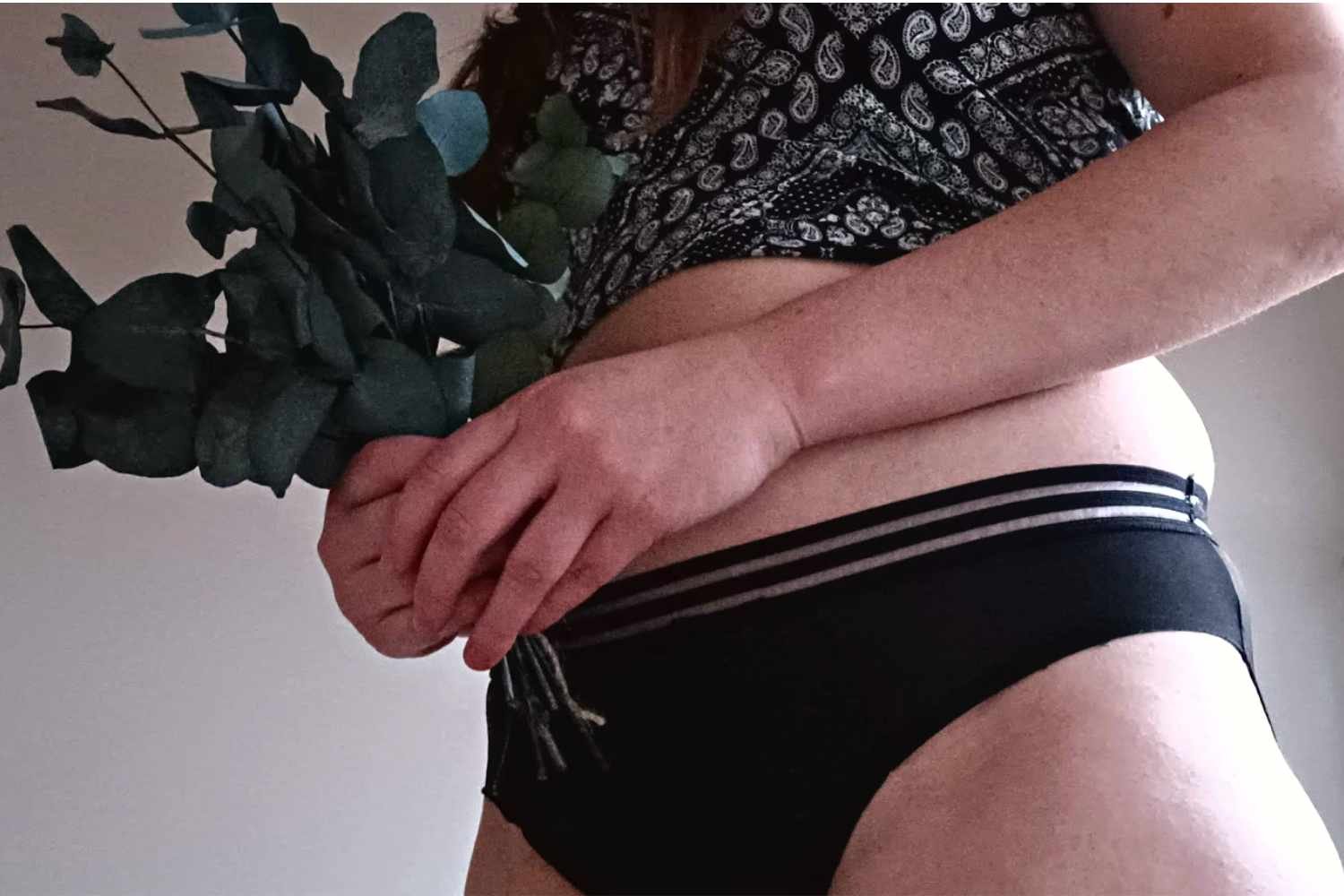Why Does Slavery Exist In Fast Fashion & How To Avoid It
“Over a million people are estimated to be forced to pick cotton in Uzbekistan and Turkmenistan by their own governments every year.”
This site uses affiliate links
“Who made your clothes?”
You've probably been buying fast fashion on the high street most of your life without being asked.
It’s not something we are told to think about.
Fast fashion brands are brilliant at distancing us from their supply chains.
Their suppliers are what makes them rich, after all. Why would they want to spoil that?
I wrote this article because I want you to know
what you do matters.
Forget your past actions, your ignorance or naivety, I am giving you a fresh start (let's just pretend I have a magic wand or something).
Today, you can choose to make conscious decisions.
You can choose to fight for a better, fairer world.
You can choose to join the revolution
...or you can simply stop being part of the problem.
The choice is yours.
In this post, I'm going to explore how modern slavery is still an issue in the fashion industry and where you can shop instead.
What is fast fashion?
How fast do fashion trends change?
What does sustainable mean?
Is fast fashion sustainable?
What is modern slavery?
Why does human exploitation happen in fashion supply chains?
Is there slave labour in cotton production?
Is there slave labour in the UK?
Are designer brands considered fast fashion?
How can you avoid supporting fast fashion brands?
Where to buy ethically-made clothing?
1. What is the definition of fast fashion?
High-street brands, like New Look and Topshop, outsource their manufacturing to developing countries, like China, Bangladesh, Vietnam, and India, so that they can pay them extremely low wages.
This allows retailers to keep the cost of the clothing down in stores, so the consumer will buy more.
The “fast” part represents the continuous stream of new clothes in stores. The garments are intentionally low quality because they are not made to last and result in customers needing to come back and buy more.
2. How often do fashion trends change?
Constantly.
Fashion is a business that earns its profits by selling.
They provide brand new clothes every week (sometimes more) based on:
designer catwalks
popular outfits celebrities or influencers are wearing
what magazines and fashion bloggers are writing about.
Trends are short-lived because they want you to feel out of fashion after a week. It’s just another ploy to make you spend more money. The more clothing you buy, the more profit they make.
It’s definitely worth ditching trends, unfollowing fast fashion influencers, and finding your personal style instead. Only buy clothes you intend to wear forever.
3. What does sustainable mean?
I found two good definitions of the word sustainable.
"Development that meets the needs of the present without compromising the ability of future generations to meet their own needs” (Brundtland Report).
"Causing little or no damage to the environment and therefore able to continue for a long time" (Cambridge dictionary).
4. Is fast fashion sustainable?
I'm going to use the two definitions above to answer this question.
Does fast fashion satisfy the needs of the present?
No - although it's hard to imagine because we're so disconnected from our clothes, the needs of the people who work in the fashion industry are not met at all.
According to a recent report from Oxfam, 91% of workers in Bangladesh cannot afford enough food for their families, and so children regularly have to drop out of school to join the garment industry.
It’s seriously messed up, man. If you have time, read page 13 of the Oxfam report.
The only needs that are satisfied are the billionaire CEOs.
Does fashion negatively impact future generations?
Oh yes.
Firstly, it’s 2019, how is it possible that so many children are still missing out on an education?
Not only that, according to The Guardian, the fashion industry is contributing more to global warming than the aeronautical and shipping industries combined.
Scientists are warning that we’re getting to the point of no return. If corporations don’t start paying attention to their impact on the climate, it will be our children than suffer the consequences.
Which is not okay.
5. What is modern slavery?
“Modern slavery is the severe exploitation of other people for personal or commercial gain.”
Modern slavery is present in every country around the world, including the UK. It is estimated that 1 in 4 slaves are children and 71% are women and girls.
Common types of modern slavery:
Human trafficking
Forced labour (working against their will, often without being paid properly, under threat of punishment, like deportation)
Child labour
Debt bondage (people in poverty borrowing money and getting forced to work to pay off the debt)
People get trapped in modern slavery because they are vulnerable and desperate.
Poverty is one of the main reasons people end up taking risky decisions and end up getting trapped or tricked. A person may have travelled to a different country in search of work so they can provide for their family, or had their passport taken away by human traffickers.
6. Why does human exploitation happen in fashion supply chains?
The fast-fashion business model makes a profit because of the low wages they pay garment workers.
Not one brand pays a living wage to their employees overseas.
Multi-million-pound fashion brands will state on their website that they pay the minimum wage, but the government are under pressure to keep minimum wage so low that people are starving, out of fear companies will take their work elsewhere.
Poverty wages leads to poor working conditions, abuse, child labour (because parents can’t afford to buy food), excessive overtime, ill physical health and mental health issues.
7. Is there slave labour in cotton production?
Edit: since writing this, 1 in 5 items of cotton has been linked back to the Uyghur genocide in China. Read this post for more information about how the whole fashion industry is profiting from genocide.
Forced labour exists in nine countries producing 65% of the world’s cotton is produced using forced labour. The countries responsible are:
Benin,
Burkina Faso,
China,
India,
Kazakhstan,
Pakistan,
Tajikistan,
Uzbekistan,
Turkmenistan.
Most of this cotton ends up in Europe.
When a country’s economy relies on cheap labour, regulations and unions that protect workers from abuse and unsafe working conditions are absent.
Check out this campaign information explaining how the Uzbekistan government forces a million citizens to grow and pick cotton each year and then keeps the money for themselves.
8. Is there slave labour in the UK?
In 2014, the Home Office suggested there were between 10,000 and 13,000 people trapped in modern slavery in the UK. Here is the government’s annual report for 2019.
There are certain hotspots for forced labour and human trafficking in the UK, like Leicester, but there are reports of cases all over the country.
Migrants who don't speak the language are particularly vulnerable to these forms of slavery, but it also happens to English-speaking migrants with full rights to work in the UK.
The government have been notified about slavery in textile factories in Leicester countless times, and have failed to act by introducing necessary regulations that hold fast fashion brands accountable.
9. Are luxury brands considered fast fashion?
Luxury brands are not fast fashion if they still stick to the traditional four seasons a year.
But this does not mean they are sustainable.
In fact, according to Ethical Consumer, high-street brands are actually doing more to improve their supply chain and their environmental impact.
Designer brands are not the focus of negative media attention even though their supply chains are a secret, their clothes are still full of chemicals, and some of them don’t even have environmental, animal or slavery policies on their website.
Many of them still use real animal fur or reptile skin in their garments, unsustainable palm oil in their cosmetics and may be involved in the unethical mining of gold which is a cause of major human rights abuses, including child labour.
It’s estimated 1 million children work in mines. The work is dangerous and uses mercury in the mining process. Mercury is toxic to a child’s brain, yet companies like Chanel, Louis Vuitton and Ralph Lauren all refuse to sign the No Dirty Gold campaign.
Don’t assume a brand deserves your money just because they are expensive.
10. How can you avoid supporting fast fashion?
Shop in charity shops, vintage shops, Depop, or take part in clothes swaps.
Aim to wear your clothes 30 times
If you need an outfit to wear once, consider renting or borrowing
Repair clothes when they break
Support ethical brands that pay workers fairly
Email fast fashion brands to let them know why you are no longer their customer
Sign petitions on fashion issues
Educate yourself
Follow campaigns by Oxfam, Greenpeace, Extinction Rebellion, Labour Behind the Label, Clean Clothes, Fashion Revolution
Email your MP - we need government support to make a difference
Raise awareness online and with your friends and family (although you might want to keep it light-hearted at first)
Where can you buy ethically-made clothing?
Disclaimer: I am affiliated with the following brands. This means I receive a small commission if you decide to shop using my link (at no extra cost to you) to help with the costs of my website. All advertising is ethically screened.
UK Sustainable fashion brands:
For sustainable children’s clothing, see my post: organic children’s brands I love.
Justice for garment workers is an issue very close to my heart - I’d love to hear your thoughts of the topic in the comments below.
If you found this post informative, please consider sharing it by using the share button below. As a work at home mum who is boycotting Amazon and avoiding annoying pop-up ads (the usual ways to make money from your website), every share means the world to me. You can also support my content by buying me a coffee or following me on Instagram. Thanks for being here - Sophie <3











